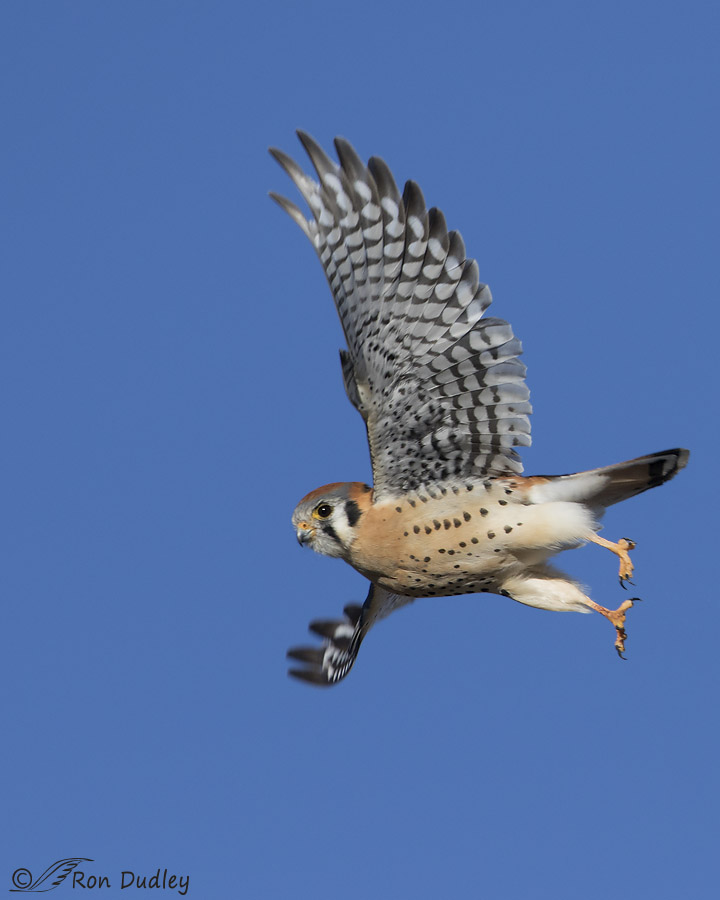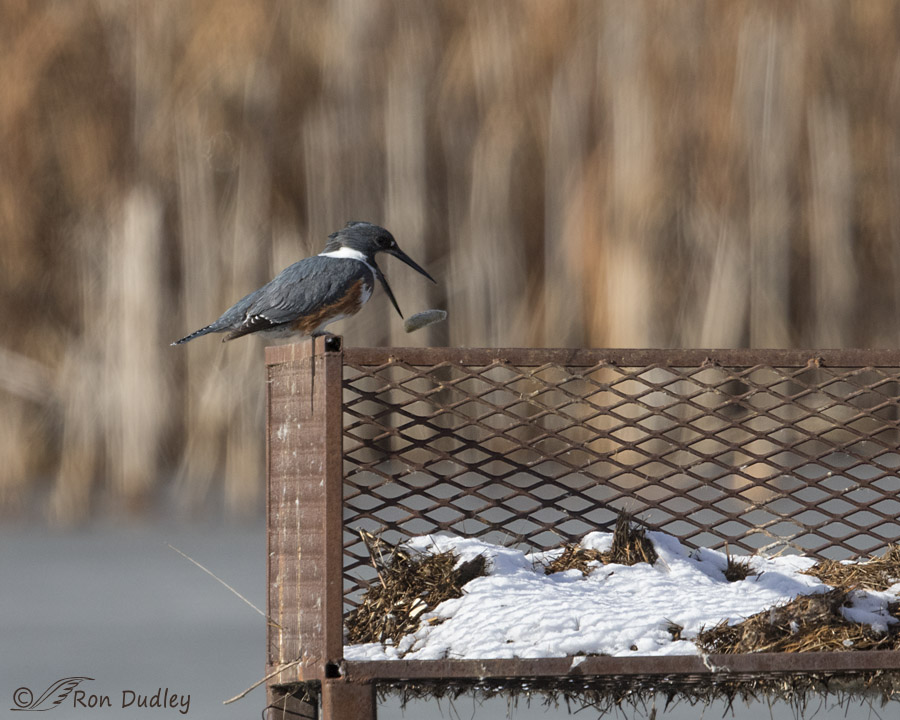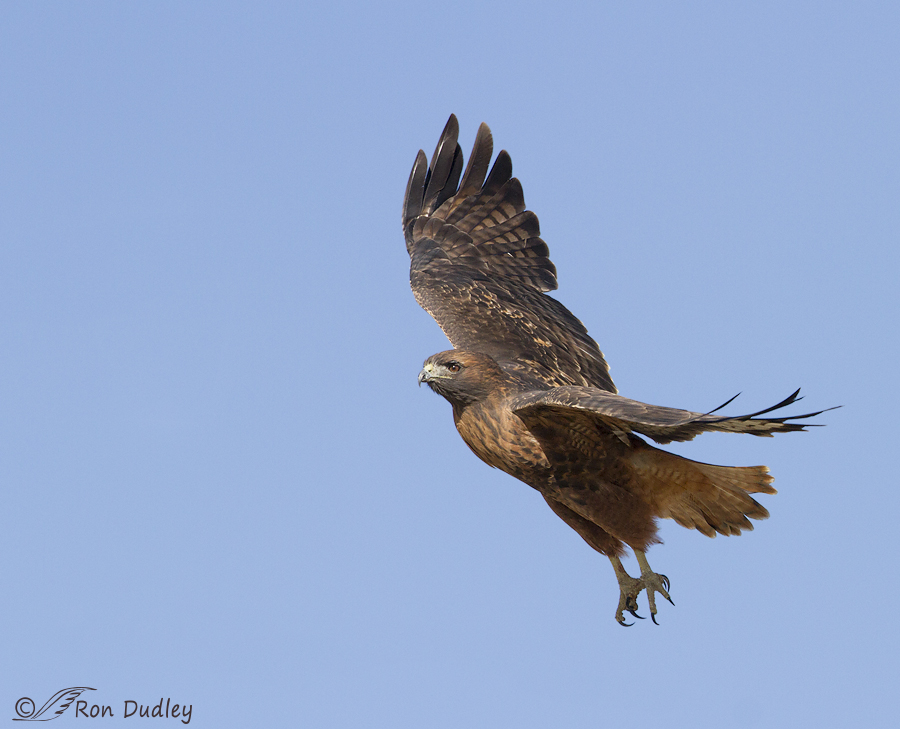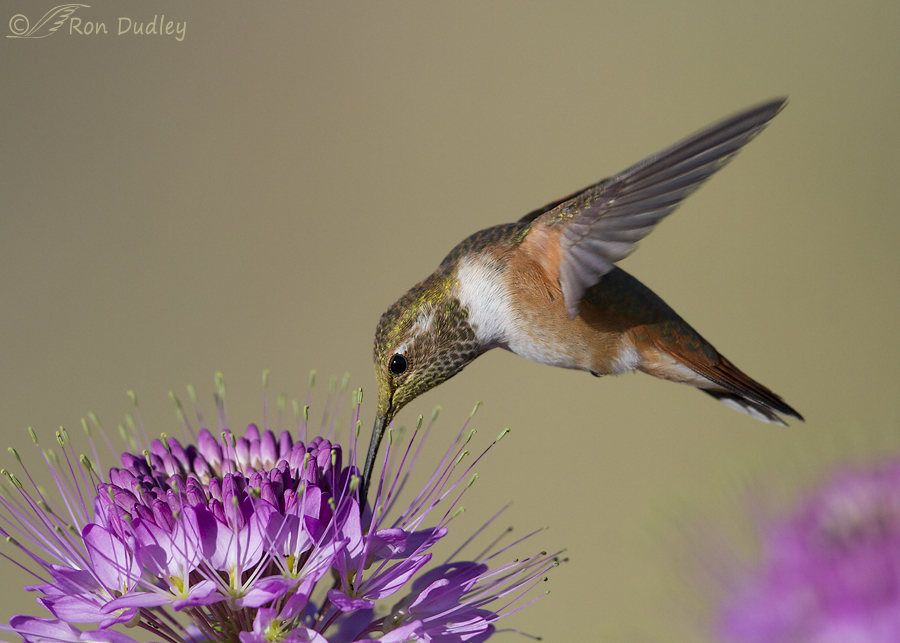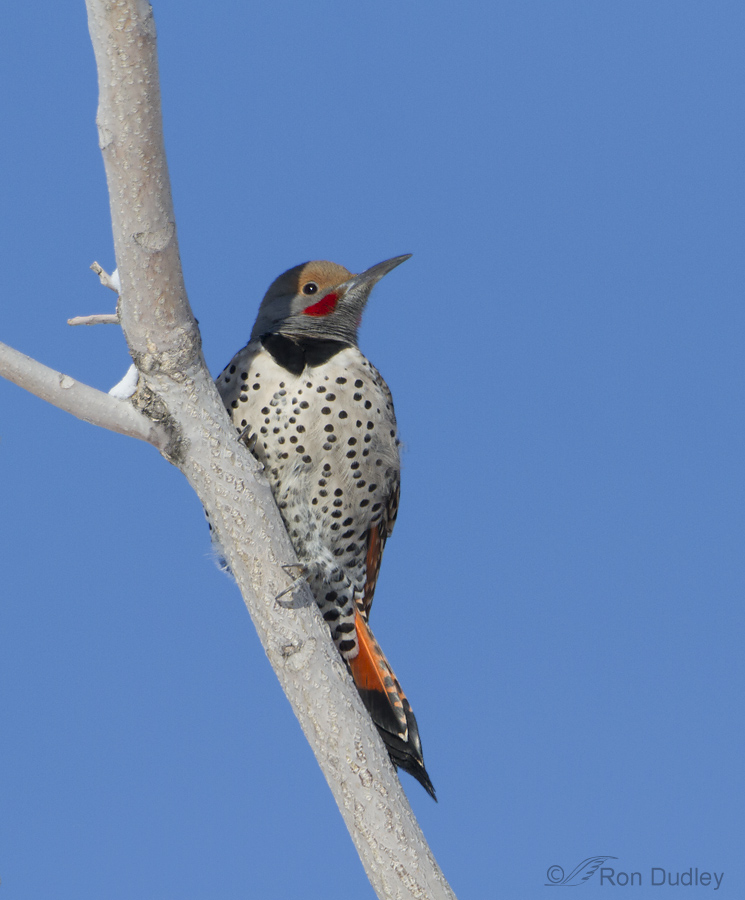Critique Forums – A Great Way To Improve Our Photography
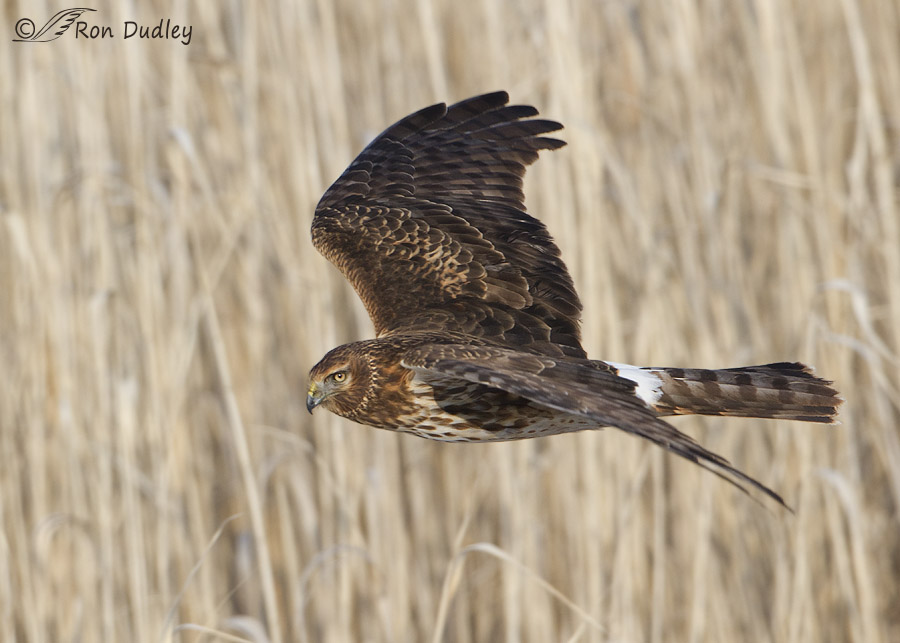
A comment by Neil Rossmiller on yesterday’s blog post reminded me of my years of active participation in a nature photography critique forum and how much I learned while I was there. Since I often have folks ask me how they can improve their photography I thought the subject was worthy of some discussion.


